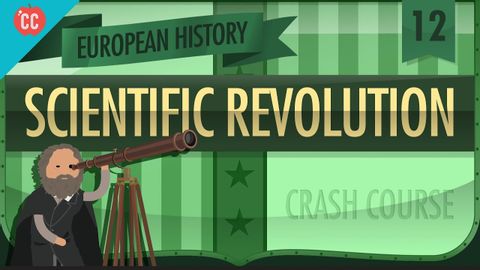科学革命。クラッシュ・コース ヨーロッパの歴史 #12 (Scientific Revolution: Crash Course European History #12)
林宜悉 が 2021 年 01 月 14 日 に投稿  この条件に一致する単語はありません
この条件に一致する単語はありませんUS /praɪˈɔ:rətaɪz/
・
UK /praɪˈɒrətaɪz/
US /ˈenʃənt/
・
UK /'eɪnʃənt/
US /ˈpɑvəti/
・
UK /ˈpɔvəti/
US /kənˈvɪns/
・
UK /kən'vɪns/
エネルギーを使用
すべての単語を解除
発音・解説・フィルター機能を解除

